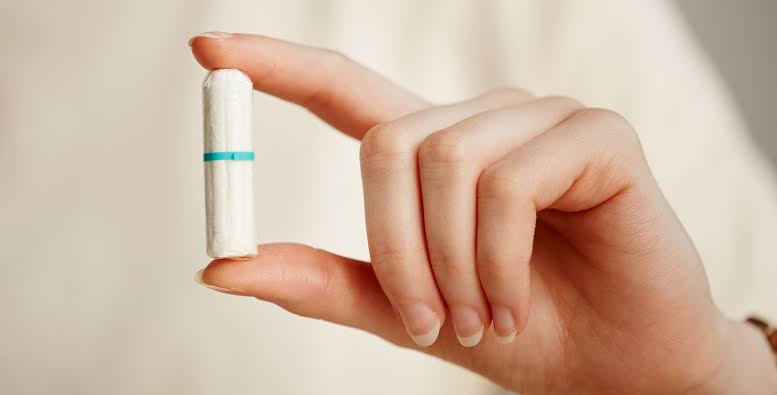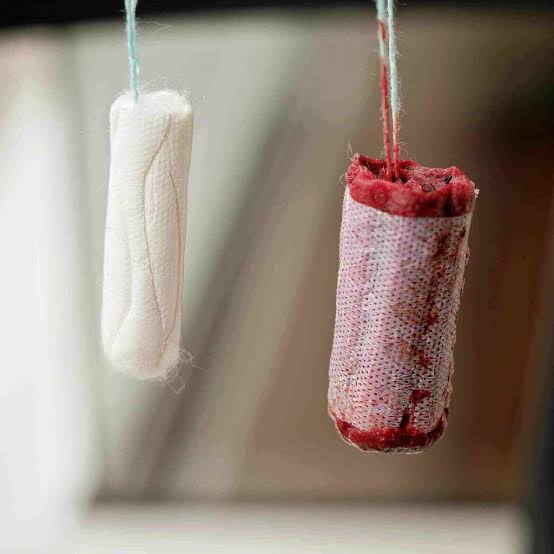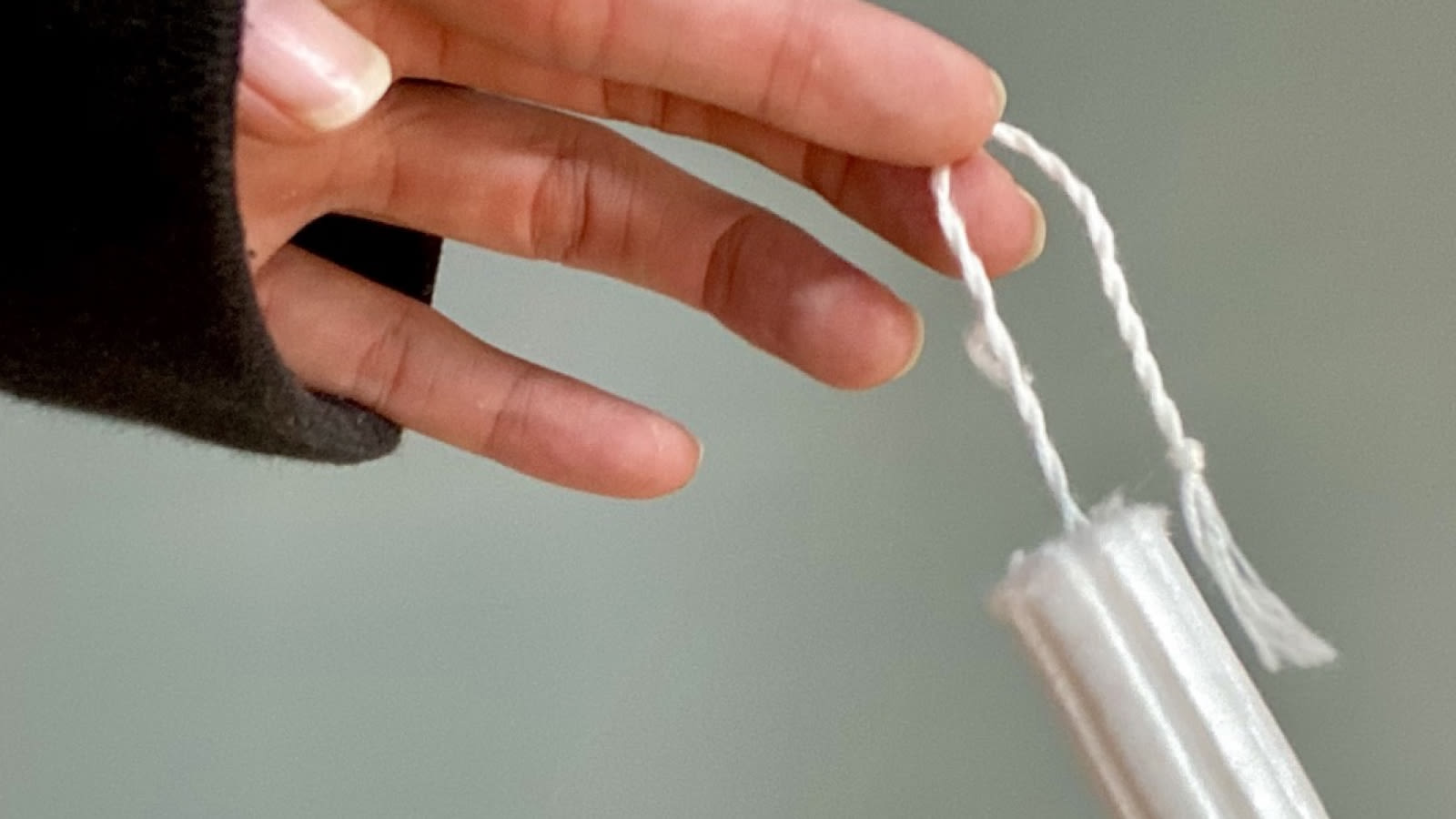Did you ever stop to think about when tampons were invented? It’s not something that crosses our minds often, considering that tampons have become an essential part of our lives as women. But the truth is, there was a time when women had to rely on bulky pads that were far from comfortable or convenient. In this article, we’ll look into the fascinating history of tampons, from their early beginnings to the major design innovations that revolutionized period management. So, let’s take a journey through time and discover the remarkable story behind this essential menstrual product.

Contents
When Were Tampons Invented? A Brief History of Tampons
Tampons, as we know them today, were invented in 1931 by Dr. Earle Haas, an American physician. But the story of tampons goes back even further, with decades of trial and error to develop the modern tampon that addresses the needs of women worldwide.
Before 1929, the prevalent method for women to manage their periods was with bulky pads made of thick cloth. Can you imagine the inconvenience and discomfort of walking around with what felt like a diaper stuffed in your underwear? That’s where tampons came in. In 1929, an inventor patented a new kind of period product made of compressed cotton with a string in the center and housed in a paper tube. And so, the “modern-day” tampon was born.
It wasn’t until 1934 that our fearless female founder bought the patent and started a female-led and female-focused company called Tampax. Since then, Tampax has been educating and empowering women to live life without limits.
Tampons have revolutionized how we deal with our periods. In the 1930s, they introduced a product that helped women join the workforce. No longer were women bound by the restrictions of bulky pads. Tampons provided a discreet and comfortable solution, allowing women to move freely and engage in activities without worry.
But the impact of tampons goes beyond convenience. They have played a significant role in normalizing conversations around women’s health and period care. By providing a discreet and hygienic option, tampons have helped break down taboos and create a more open dialogue about menstruation.
Today, over 300 million women and people with periods around the world rely on tampons as an essential part of their menstrual care routine. From the major design innovations during World War II to the tampon protests of the ’80s, the history of tampons is a fascinating journey that continues to evolve.
Why Were Tampons Invented?
Tampons were not just created on a whim or as a passing fad. They were invented to address the very real and practical needs of women when it comes to managing their menstrual flow. Here’s why tampons were invented:

- Convenience: Prior to the invention of tampons, women had to rely on bulky pads made of cloth. These pads were uncomfortable, inconvenient to wear, and often leaked. Tampons provided an alternative that was much more discreet and easier to use. They allowed women to move freely, participate in physical activities, and go about their daily lives without the worry of leaks or discomfort.
- Comfort: Tampons offered a level of comfort that was unmatched by cloth pads. They were designed to fit inside the vaginal canal, where they could absorb menstrual flow without causing irritation or discomfort. This made them a more comfortable option for many women, especially those who were active or engaged in sports.
- Freedom: Tampons gave women a newfound sense of freedom during their periods. With tampons, women could go swimming, wear tight-fitting clothes, and engage in activities that would have been challenging or impossible with traditional pads. This freedom allowed women to live their lives without being restricted by their menstrual cycles.
- Hygiene: Tampons provided a more hygienic way to manage periods compared to reusable cloth pads. The absorbent materials used in tampons helped to prevent odor and the growth of bacteria, ensuring that women felt clean and fresh throughout the day.
- Progress: The invention and popularization of tampons marked a significant step forward in the normalization of conversations around women’s health. By providing a discreet and practical solution for managing menstruation, tampons helped to break down taboos and stigmas surrounding periods. They allowed women to talk openly about their bodies and their needs, promoting a more positive and accepting attitude towards menstruation.
The Tampon History Timeline
Tampons have a rich and fascinating history that dates back to ancient times. Let’s explore the timeline of this revolutionary period product.

Ancient Times
In ancient Egypt, medical records from the 5th century B.C. describe the use of tampons made from the papyrus plant. The Romans, on the other hand, used wool for this purpose. Throughout history, different materials like vegetable fibers, grass, and even sponges have been used as makeshift tampons.
The Modern Tampon
The modern tampon as we know it today was invented in 1929 by a forward-thinking inventor who patented a compressed cotton tampon with an applicator. This marked the birth of the “modern-day” tampon, complete with a string in the center and housed in a paper tube.
Rise in Popularity
Tampons started gaining popularity in the 1930s when they became available for purchase in stores. Their convenience and discreetness made them a preferred choice for many women. During World War II in the 1940s, tampons saw another surge in popularity as women took on more labor-intensive work that required reliable period leak protection.
Evolving Designs
The 1960s brought a wave of innovation in tampon design, with plenty of companies introducing novel designs. These advancements focused on making tampons more comfortable, efficient, and user-friendly. Tampons became increasingly accessible to women, empowering them to engage in physical activities and live their lives without worry.
The Feminine Hygiene Revolution
The invention and widespread use of tampons revolutionized how women managed their menstrual flow. Tampons offered women convenience, comfort, and freedom to engage in activities without compromise. Not only did they provide superior absorbency, but they also helped normalize conversations around women’s health and period care.
The tampon history timeline showcases the progress in period management and the constant evolution of tampons to meet the needs of women. From ancient times to the present day, tampons have played a crucial role in empowering women to lead active and unrestricted lives.
The Modern Tampon
The First Commercial Tampons
After the invention of the modern tampon design by Dr. Earle Haas in 1931, it didn’t take long for commercial tampons to make their debut. In fact, the first commercial tampons were introduced to the market shortly after the invention. These commercial tampons were a game-changer for women, offering a more practical and comfortable alternative to the previous tampon-like devices.
The Introduction of Applicator Tampons
While the initial commercial tampons were a significant improvement, there was still room for innovation. Enter the introduction of applicator tampons, which revolutionized the tampon industry. Applicator tampons made the process of insertion much easier and more hygienic. With the telescoping cardboard applicator invented by Earle Haas, women no longer had to directly touch their own vagina during insertion and removal.
The Development of New Materials
As technology advanced, so did the materials used in tampons. The early tampons were made with cotton and rayon, but new materials, such as polyester-based blends, were later developed. These new materials offered improved flexibility, processability, and cost-effectiveness for tampon production.
With the introduction of new materials and improved applicator designs, the modern tampon underwent significant developments. Today, tampons are used by over 100 million women worldwide, providing a convenient and discreet option for managing menstrual flow.
Despite their innovation, tampons still face challenges in terms of sustainability. However, companies are actively working on more sustainable solutions, including compostable tampon applicators made from blends of PLA/PBS, PBS/PBAT, and PLA/PBAT. These blends provide the flexibility and processability needed for injection molding, while also being cost-effective and environmentally friendly.
The modern tampon has come a long way since its invention in 1931. From the first commercial tampons to the introduction of applicator designs and the development of new materials, tampons have continuously evolved to meet the needs of women. While there is still room for improvement, the modern tampon has played a crucial role in providing women with a convenient and comfortable solution for managing their menstrual flow.
Frequently Asked Questions
When was the first tampon sold?
The first tampon, called Tampax, was sold in the mid-1930s after Dr. Earle Haas obtained a patent in 1933.
What did they call periods in the 1800s?
The term “period” to describe menstruation emerged in the early 1800s, originating from the Greek and Latin words for “recurring cycle”.
What’s the longest a tampon can be left in?
To reduce the risk of TSS and other infections, it is recommended to remove a tampon after 4 to 6 hours, with a maximum limit of 8 hours.
I am a medical student with experience and interest in Women’s health and well-being.